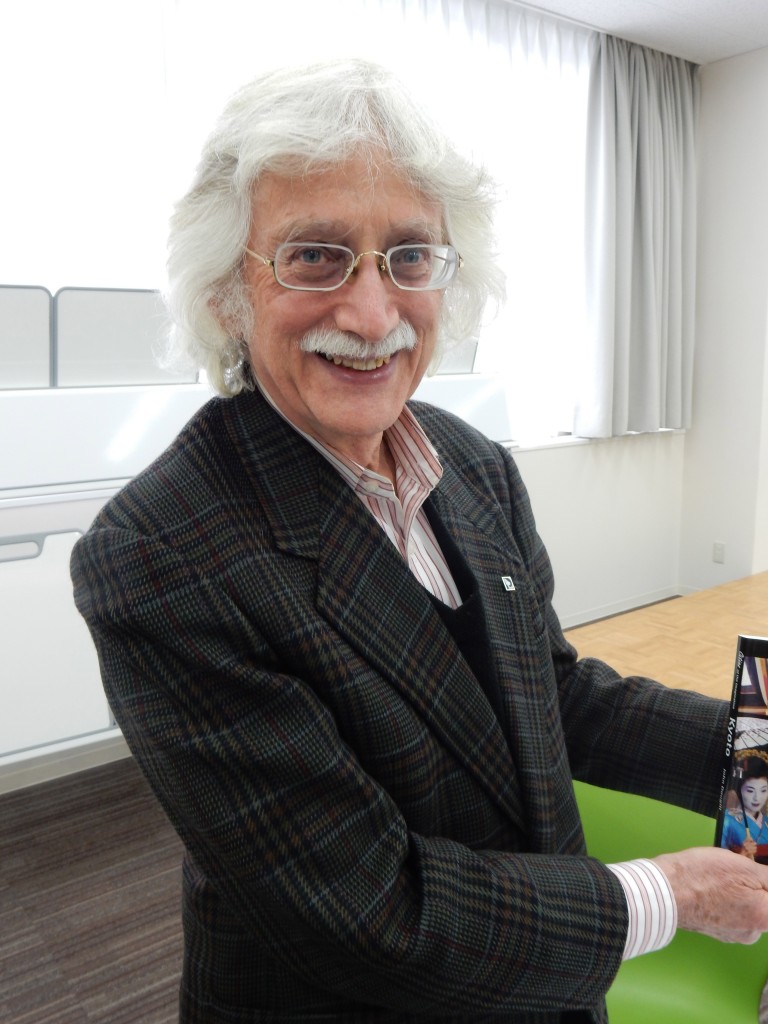
For the inauguration meeting of Writers in Kyoto, held in late March, we invited Any Chavez to enlighten us on her experience as a journalist in Japan. She is well-known amongst foreign writers here, though not many of us have ever met her as she lives on a tiny island in the Inland Sea. With e-mail now so prevalent, we can reside anywhere and conduct a near normal life.
She spoke at length about her early days trying to be a writer, especially one working for newspapers and magazines. It was not easy. Her suffering was great. Though spared beatings and gunshots in the night, she was shot down countless times by pink rejection slips from the press gang. She persevered. And eventually won a position on The Japan Times.
All good and rewarding, and interesting to us. But for me, there was something missing. As writers, we all pretty much know about rejection, and perseverance, and rewards. However, how about writer’s block? We all know about handling rocks tossed our way, wiping spit off our shoulders, dousing flaming faggots dropped at our doors. But I am sure each of us have a different technique for getting over writer’s block, which is a large part of our lives.
So, I want to relate my experience, and one of the surest ways to get over it. I attended a very progressive, four-year high school. They offered a post-graduate program even, and I opted for it, feeling I was not yet ready for university. Of the courses offered, I chose Theater, Radio/TV Workshop, and Creative Writing. Each subject has served as one of the pillars my life has been built upon.
The Creative Writing class especially gave me some nice tools. But the one I recall vividly, and to this day use in my printmaking studio and teach to my students, is how to move over the dreaded block. The teacher (I do not remember his name at all) told us we should just sit down before our typewriter (if you do not know this word or machine, I pity you) and type any word, without thinking. Hit the space bar and type another word, again without any thought. Continue this for usually only 5 or 6 words. Suddenly, the door which was closed in your head, will open and the ideas in that room will spill out. What you find may not be related to the words you typed. No matter. They only served as keys to that door. The idea or theme or story will now be at the front of your mind, and away you go, typing like a pro up to the end of the piece.
I use this same technique in the woodblock studio. The student, or me, has no idea for the next print. So, just sit down with a blank sheet of white paper, a B-pencil and eraser on the table. Move the pencil around the sheet without thinking, just drawing lines, or curls, scribbles, or anything without a thought. Inevitably, only after a few seconds, the scene, the view, the person or animal or mountain or building will appear in your mind, and off you go filling in the blanks as it were. It never fails.
What we want to write or draw is already in our consciousness; it’s in that dark, closed room we all own. We need the key to open the door. Turning off our “attention” to let the hand connect directly with the brain will open the door. In seconds, too.
It never fails.
